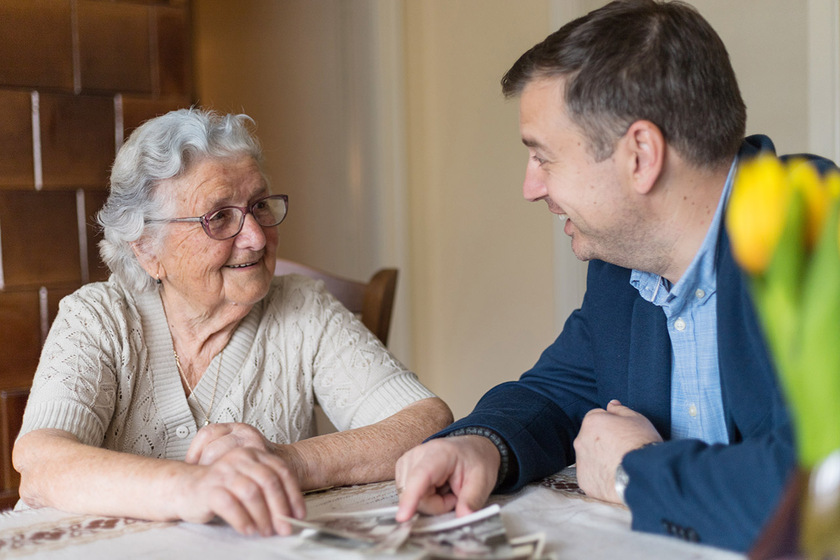When you choose to care for a loved one with limited mobility, you face a unique set of challenges. There are several hazards all around you, sometimes even in unexpected locations. While the home is commonly thought of as a place of warmth and security, it can also become an impediment to the lives of those with mobility issues. You may also believe that it is acceptable to perform certain things in order to assist them, yet this may cause them additional distress. Hence, caregivers should keep the following practices in mind when aiding persons with mobility problems.
Mobility Aids
Determine whether possessing a mobility aid will help your loved one move around more easily or whether it will empower them with more independence in their daily tasks. Mobility devices that you can consider include a cane, walker, wheelchair, seat risers, and transfer discs.
Home Modifications
Making changes to the home can make it safer and simpler for persons with mobility limitations to navigate around, giving them a greater feeling of independence. However, while some changes are small, some can be large projects to embark on. There are also other factors to take into consideration when installing safety features such as available space, costs, and time. If your loved one enjoys moving around the house, try setting up multiple rest stations for them to take brief breaks. This can be as simple as putting high-rise seats, stools, or rollators in specific areas. If that’s too much trouble, installing wall-mounted seats in places like the showers can do wonders for safety. Another example includes fitting rails or ramps along the corridors that have no support.
Clutter-free Environment
Clutter-free living spaces are essential for seniors who utilize mobility devices such as wheelchairs and walkers. Hence, it’s a good idea to check for trip hazards such as electronic cables, coffee tables, pet bowls, and bags, on a frequent basis. Removing loose carpets and rugs is also a good step to take as those items can cause falls. Alternatively, you could consider placing a skid-free or non-slip mat underneath and securing any protruding corners. A clutter-free house allows them to walk around on their own, preserving their independence.
Physical Therapy
Motivate your loved one to maintain an active lifestyle. Obtain suitable workouts from your medical practitioner or physical therapists and be ready to support your loved one. Even if your loved one is not anticipated to regain full mobility, adhering to a doctor-recommended fitness routine can help keep their condition from worsening.
Providing Assistance
Keep in mind that you should not just rush in and assist without first asking. It is important to be courteous and inquire if your loved one is ready to need your help even if they are unable to move without your support. You should not rush them into accepting your assistance, just as we appreciate having our own personal space to do things at our own pace. It can frustrate and upset them when you try to force it. Instead, if you observe that they are having a difficult day but have yet to accept your offer of assistance, express that you are aware that they are struggling and will be there for them when they require it.







